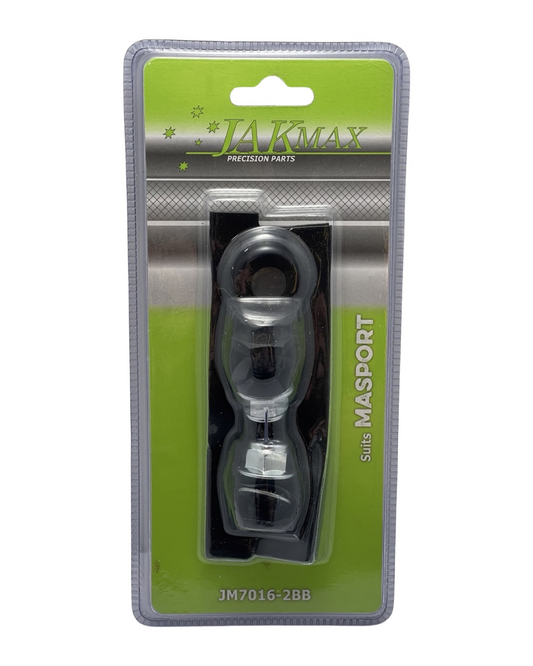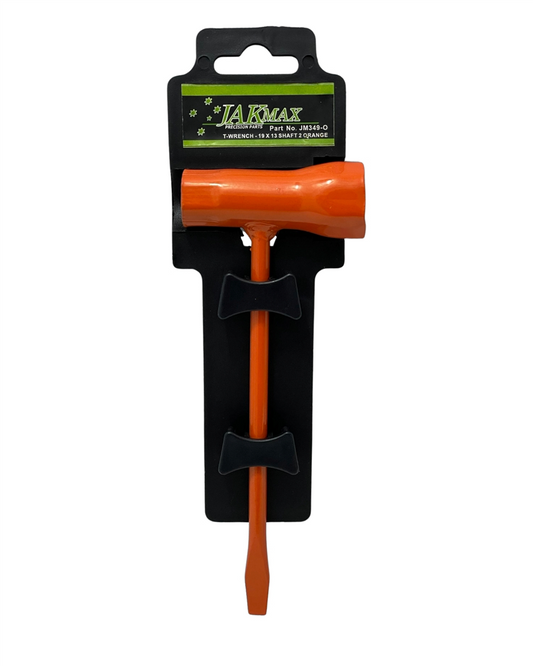How to Repot Your Snake Plant Without Damaging Its Roots (and Actually See It Grow Faster)
Share
How to Repot Your Snake Plant Without Damaging Its Roots (and Actually See It Grow Faster)
Repotting Without Regrets: The Gentle Art of Moving Your Snake Plant
Brunnings Potting Mix for Indoor Plants has helped thousands grow greenery indoors — but even with the best soil, repotting a snake plant can feel like performing surgery with steak knives. You want to give it room to grow, not send it into shock.
If you’ve ever stood over a stiff-leafed sansevieria wondering if those cracked roots were a death sentence, you’re not alone. You’re also not wrong to worry. One wrong move – a tug too harsh or a pot too small – and you could set your plant back by months. But handled right? That once-root-bound plant can double in size and give you proud, vertical growth for seasons to come.
“I thought I’d killed it,” a local customer once said in-store, eyes wide. “Turns out — it just needed room.”
Why Snake Plants Push Back
Let’s get this straight — snake plants (Sansevieria) are survivors. But they don’t like surprises. They sit in the same cramped pots for years, and when it comes time for a move, they’d prefer it to feel like a spa day, not demolition work.
Here’s what can go wrong when people rush the repotting process:
- Root Damage: Yanking a plant out breaks key root systems that store water and nutrients.
- Wrong Soil: Using outdoor soil or water-retaining compost drowns the roots.
- Overpotting: A too-large pot encourages soggy soil — and root rot.
The Slow-and-Steady Method That Works
This isn’t one of those projects you knock over in 10 minutes. It’s more like easing an old dog into a new bed — patience required.
What You’ll Need
- Neutral-toned ceramic pot (1–2cm wider than the current one)
- Indoor plant-specific soil blend (a gritty mix — Brunnings, Debco, or Osmocote are good starts)
- Old dinner knife or garden trowel
- Gloves (unless you enjoy rough fingers)
Step-by-Step: Gentle Repotting
- Water 2–3 days before. Not same-day. You want the soil to loosen, but not cling.
- Lay the plant on its side. Ease it out, using a trowel or knife to separate the soil from the pot.
- Don’t pull the top! Cradle near the base and lift from there. Your snake plant’s stiff leaves aren’t handles.
- Inspect the roots. Remove any mushy, blackened ends. Healthy roots should be firm and white/yellowish.
- Add a shallow layer of fresh potting mix to the new pot.
- Position the plant slightly off-centre (helps collect water near roots).
- Backfill with more mix, pressing in with fingers to avoid air pockets. Stop 2–3cm below the rim.
- Wait a week to water. Give it time to settle and avoid shocking the roots twice.
How Long Until You See Growth?
Snake plants are low-drama but also low-speed. After repotting, you might notice no change for 4–6 weeks. Then — out of nowhere — a new sword-like leaf will shoot up, and you’ll know you nailed it.
Do You Have to Repot Snake Plants?
Not every year. Once every 2–3 years is enough. Signs it’s time?
- Roots poking through the drainage holes
- A cracked or bulging nursery pot
- Leaves falling sideways or looking crowded at the base
One Shift That Changes Everything
The moment you stop treating repotting like a battle and more like a relocation — a gentle, respectful move — the results speak for themselves. Plants bounce back faster. Leaves strengthen. Growth takes off. It’s not luck — it’s care.
Like they say at the counter, “Gardening doesn’t reward rushing. But it always honours patience.”
Take your time. The plant won’t forget it.
Candeece
 Stay Connected
Stay Connected
Join our gardening community on Facebook: Urban Gardener's Notebook
And follow our Store Facebook Page: Strathalbyn H Hardware on Facebook









